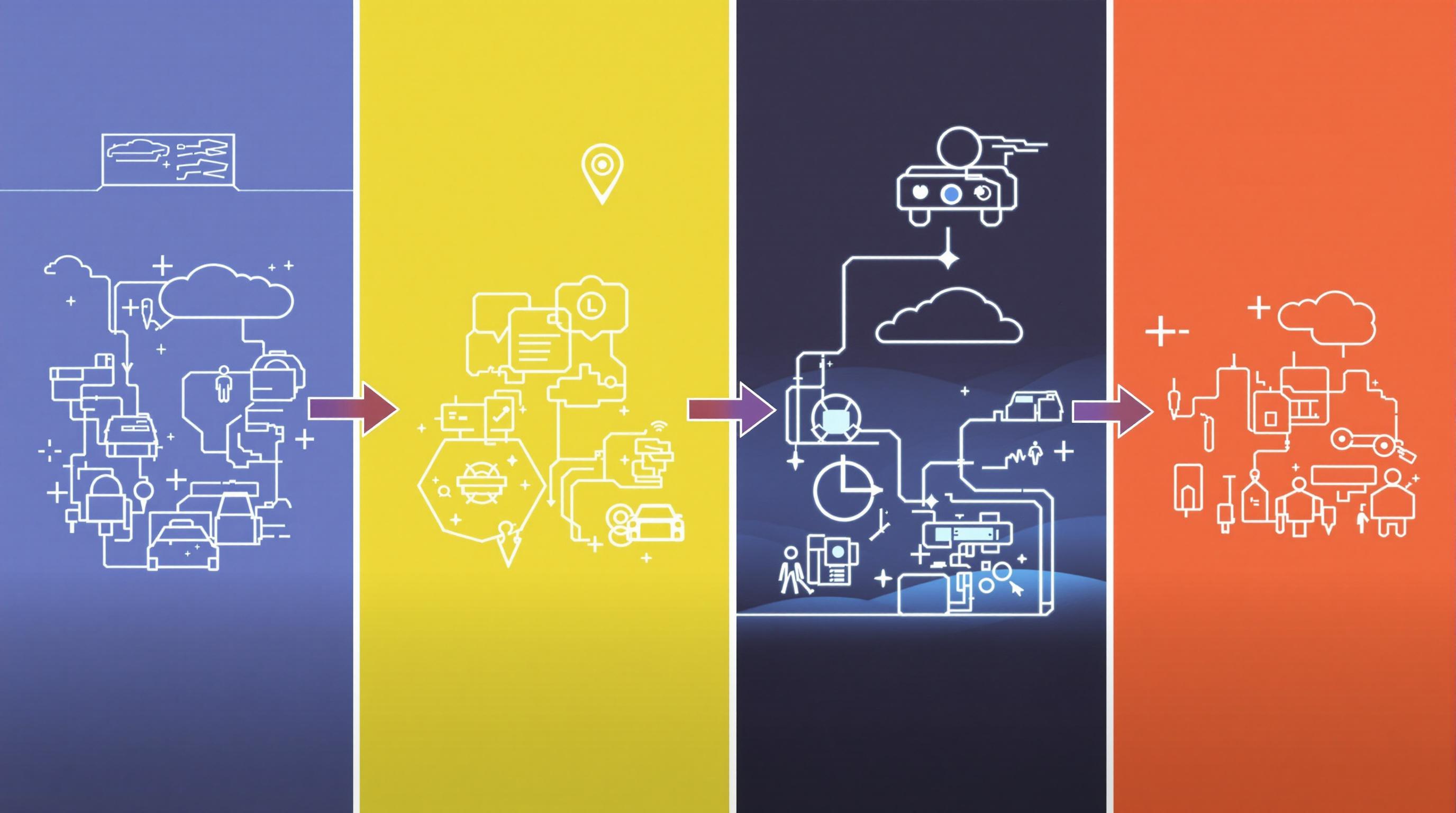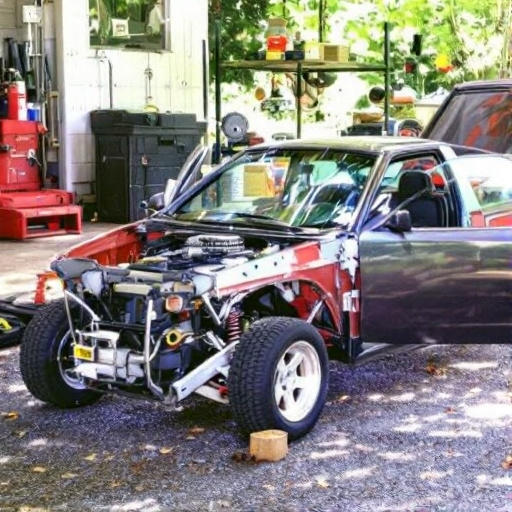Featured Articles
- Electric Dreams: How Holographic Displays Are Revolutionizing the Future of Automobile Cockpits
- Electric Dreams: The Unexpected Rise of Vintage Electric Cars in Today’s Eco-Conscious Market
- "From Road Rage to Digital Rage: How Auto Tech is Changing Our Emotional Connection to Driving"
- "Silent Streets: The Rise of Electric Vehicles and Their Unintended Effects on Urban Wildlife"
- The Rise of AI-Driven Car Culture: How Algorithms are Shaping Our Driving Preferences and Choices
Electric Dreams: The Unexpected Rise of Vintage Electric Cars in Today’s Eco-Conscious Market
Electric Dreams: The Unexpected Rise of Vintage Electric Cars in Today’s Eco-Conscious Market
The revival of vintage electric cars is surprising the automotive industry, proving that classic designs can harmonize with modern eco-conscious values. This article examines the reasons for this unexpected rise, its implications for the future of sustainable transport, and how nostalgia plays a significant role in shaping consumer choices.
The Nostalgia Factor
Picture this: an open stretch of road, wind blowing through your hair, and the gentle hum of a classic car, but here's the twist—it's electric! The vintage electric vehicle (EV) trend isn’t just about reducing emissions; it taps into a deep sense of nostalgia that resonates with many consumers today. People yearn for a connection to a simpler time when cars were not just modes of transportation but symbols of freedom and identity.
Statistical Surge
According to a recent study by the International Energy Agency (IEA), electric vehicle sales increased by 40% in 2021, highlighting a broader environmental awareness among consumers. This surge isn't limited to new models; vintage electric cars are also experiencing a renaissance. In the past decade alone, the number of vintage electric vehicles sold has doubled, evidencing a significant shift in consumer preferences (IEA, 2022).
Case Study: The Volkswagen Beetle EV
Take the iconic Volkswagen Beetle as an example. Known throughout the world, it now has an electric counterpart that attracts both classic car enthusiasts and environmentally-conscious consumers. With its nostalgic silhouette but environmentally friendly tech, the Beetle EV has sold over 15,000 units since its launch, underscoring the intersection of classic design and modern sustainability.
Peak Performance and Aged Aesthetics
Vintage electric cars can also challenge the perception that older models lack performance. The Tesla Roadster, with its sleek design and rapid acceleration, offers a stunning counterpoint to traditional stereotypes about classic cars. It has been shown that these vehicles can achieve speeds of 0-60 mph in less than 2 seconds, bringing modern performance capabilities to the vintage design framework.
The Conversion Craze
Another exciting development is the trend of converting classic cars into electric vehicles. Companies like EV West and Classic Car Restoration solidify this movement, driving energy-efficient innovation. Imagine a classic Mustang, but instead of roaring with a V8, it glides silently down the street, preserving the looks yet completely transforming its guts! Many enthusiasts are now opting to reimagine their vintage roadsters, finding satisfaction not just in restoration but in modernization as well.
Why Go Vintage and Electric?
But why would one consider investing in a vintage electric vehicle? For the environmentally-conscious, it’s a way to embrace sustainability without sacrificing style. The fact that electric vehicles can significantly reduce greenhouse gas emissions is an enormous draw. According to the U.S. Department of Energy, EVs produce less than half of the greenhouse gas emissions of an average gasoline vehicle over their lifetime.
Generational Appeal
This movement caters not just to older generations who grew up admiring these beauties, but also to younger consumers who are drawn to retro aesthetics. The 16-year-old today might not even know what a 1960s Mustang sounds like, but it’s an iconic image they can appreciate, especially when it's paired with a clean energy promise. Electric vintage cars are becoming bridging artifacts of culture, merging the past with the virtues of future technology.
The Financial Angle
As the market continues to expand, the financial implications for investors and collectors cannot be ignored. Data from Specialty Vehicle Market Association (SVMA) indicates that classic cars have appreciated in value by over 600% in the last 20 years. With vintage electric cars gaining desirability, the potential return on investment is lucrative. It's an eco-friendly investment that satisfies the obligation to preserve the environment while engaging with a timeless passion for automobiles.
Cultural Influence and Media Reflection
Vintage electric cars are also making waves in mainstream media. Shows like "Car Masters: Rust to Riches" and films such as "Ford v Ferrari" juxtapose classic aesthetics with modern technology, showcasing how far we’ve come in automotive engineering. The media's growing fascination with the marriage of classic design and electric power has helped propel the trend into the mainstream consciousness.
Conclusion: Driving into the Future
Ultimately, the rise of vintage electric cars signals a shifting paradigm in automotive culture—a marriage of timeless design and cutting-edge technology. Today’s eco-conscious market embraces this trend, merging the allure of classic vehicles with the principles of sustainability. As we charge toward the future, one thing is clear: the unexpected rise of vintage electric cars will continue to make waves in the automotive world for generations to come.
This journey into the unexpected incorporates elements of nostalgia, modern innovation, and a commitment to the planet. Whether you're a teenager wanting to drive something unique or a collector with a penchant for classics, the world of vintage electric cars welcomes you with open arms and a whisper of electric dreams.



